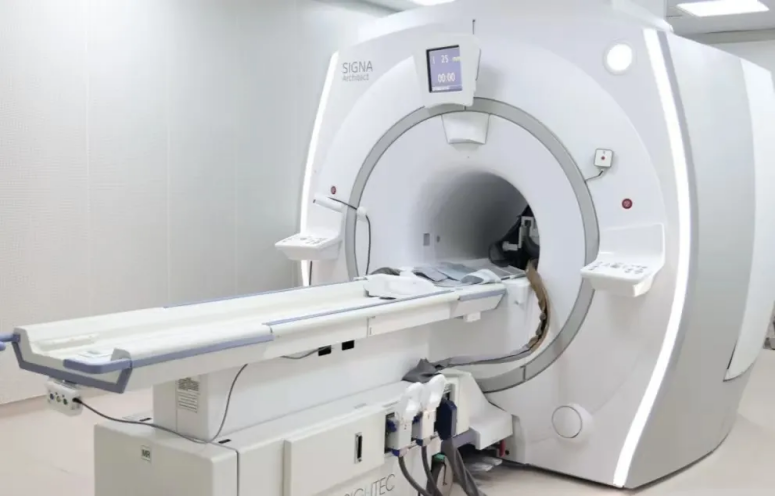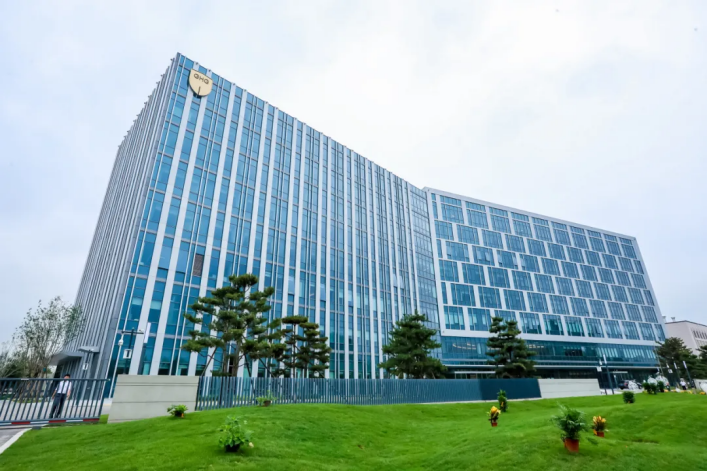How Effective Is the Magnetic Wave Knife Surgery? How Much Does It Cost? … All Your Questions Answered in One Article
In the exploration of modern medical technology, an innovative treatment known as the "Magnetic Wave Knife" is gradually becoming a breakthrough for patients with brain diseases. This non-invasive approach directly targets lesions, providing patients with an unprecedented treatment experience. But do you have questions about Magnetic Wave Knife therapy? For example, how much does it cost? How effective is it? What is the procedure like? This article will reveal all the answers for you.
The Magnetic Wave Knife, officially known as High-Intensity Focused Ultrasound (HIFU) Magnetic Wave Knife, is a non-invasive treatment technology that combines the precise localization of Magnetic Resonance Imaging (MRI) with the ablative power of high-intensity focused ultrasound. Like an invisible laser, it penetrates body tissues and precisely targets brain lesions without the need for traditional surgical incisions or sutures, significantly reducing patient discomfort and recovery time.

1. What Conditions Can the Magnetic Wave Knife Treat?
The Magnetic Wave Knife has a wide range of applications and is currently used to treat medication-refractory essential tremor and tremor-dominant Parkinson’s disease. In the United States, its indications have expanded to include advanced Parkinson’s disease patients, particularly those suffering from movement disorders, muscle rigidity, or dyskinesia.
Additionally, the Magnetic Wave Knife has shown remarkable effectiveness in treating conditions such as intractable neuropathic pain, obsessive-compulsive disorder (OCD), and hamartomas. Scientists are also exploring its potential in treating epilepsy, intracranial tumors, neurodegenerative diseases such as Alzheimer’s disease, and even in awakening patients with disorders of consciousness.

图片来源:pixabay
2. How Much Does Brain Magnetic Wave Knife Surgery Cost? Is It Covered by Insurance?
Although the Magnetic Wave Knife has demonstrated significant therapeutic effects, its cost is relatively high, with total expenses reaching hundreds of thousands of RMB. Currently, this procedure is not included in Beijing's medical insurance reimbursement catalog, posing a financial challenge for many patients.
However, some patients have been able to receive partial reimbursement through specific insurance programs. Just this past August, a patient who underwent Magnetic Wave Knife surgery at Beijing Gaobo Hospital successfully claimed RMB 17,000 through the "Huiminbao" insurance plan, significantly reducing their financial burden.
As a designated medical insurance hospital and a tertiary general hospital, Beijing Gaobo Hospital offers significant advantages in the reimbursement process, allowing patients to benefit from more favorable policies.
3. Magnetic Wave Knife Surgery Process and Hospitalization Time
Preoperative Assessment and Examination: After the specialist doctor makes the diagnosis and determines that the patient is a candidate for magnetic wave knife treatment, routine preoperative evaluation and examinations are performed. The evaluation mainly includes filling out questionnaires and recording video materials for comparison with postoperative follow-up; the examinations mainly include laboratory tests of blood, urine, and stool, as well as functional assessments of vital organs such as the heart and lungs.
Surgical Planning: The day before the treatment, a CT and MRI scan of the head are performed, and the surgical plan is completed. The patient’s hair is shaved, and they are prepared for surgery.
Treatment Process: On the day of treatment, a dedicated stereotactic frame and silicone membrane are applied under local anesthesia. The patient lies supine on the magnetic wave knife treatment bed, and the head frame is fixed behind the treatment helmet to begin the procedure. The treatment usually lasts between 1.5 to 3 hours, during which the patient must remain awake and communicate with medical staff.
Postoperative Observation: After the treatment, the patient can walk or be wheeled back to the ward with assistance. The typical postoperative observation period is 1 day, during which an MRI is routinely checked.
Overall, the entire process from admission, surgical treatment to postoperative observation is relatively quick, with the typical hospitalization period being around 5 days.
4. Magnetic Wave Knife Treatment: What Are the Long-Term Effects?
The short-term effects of magnetic wave knife treatment have been widely recognized. Although some patients may experience symptom recurrence or exacerbation due to disease progression or self-repair of the previously treated area, the majority of patients can achieve stable long-term improvement or even lifelong benefits. Multiple clinical studies have shown that patients' hand tremor scores remain significantly improved for an extended period after undergoing magnetic wave knife treatment.
In summary, as a non-invasive treatment for brain diseases, magnetic wave knife therapy is gradually gaining the trust and favor of more patients due to its significant advantages such as precision, painlessness, and quick recovery. When choosing the most suitable treatment option, patients should carefully consider their financial situation, the type of disease, and the recommendations of professional doctors.

Beijing GoBroad Hospital's Brain Science Diagnosis and Treatment Center, as a leading medical institution for comprehensive treatment of functional neurosurgical diseases, plays a crucial role in this field. The center is not only proficient in the diagnosis and treatment of various diseases such as Parkinson's disease, essential tremor, dystonia, and epilepsy, but has also become the third hospital in Beijing to successfully introduce the international cutting-edge non-invasive brain "Magnetic Wave Knife" treatment technology. The introduction of this technology has enriched personalized treatment options, further enhanced treatment outcomes, and brought more confidence and possibilities to patients' road to recovery.
Expert Introduction
















